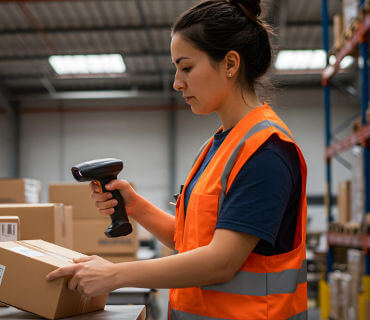Background:
Pen and paper have been the bread and butter of warehouse operations for centuries.
But even decades into the print-out era, it can be hard for some third-party logistics companies to let go of their reliance on outdated record keeping.
It’s comfortable, familiar and tightly woven into daily workflows.
Many 3PL companies fall back on the old refrain: It’s just how we’ve always done it.
But while cheaper in the short term, the costs of a paper-based system add up. The transition to a paperless warehouse can be daunting—change is hard!—and demand a significant outlay. And yet the long-term return on investment, both financially and in employee satisfaction and retention, is invariably substantial.



